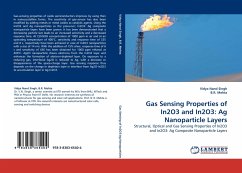
Broschiertes Buch
Structural, Optical and Gas Sensing Properties of In2O3 and In2O3: Ag Composite Nanoparticle Layers
10. Juni 2010
LAP Lambert Academic Publishing
eBook, ePUB
6. Februar 2024
Taylor & Francis
eBook, PDF
6. Februar 2024
Taylor & Francis
Ähnliche Artikel
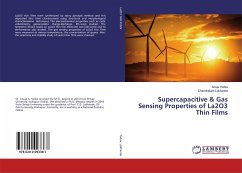
Broschiertes Buch
28. Mai 2019
LAP Lambert Academic Publishing
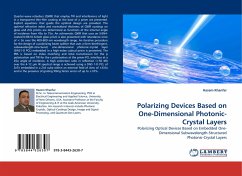
Broschiertes Buch
Polarizing Optical Devices Based on Embedded One-Dimensional Subwavelength-Structured Photonic-Crystal Layers
11. April 2011
LAP Lambert Academic Publishing
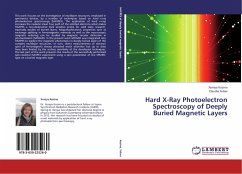
Broschiertes Buch
24. Januar 2013
LAP Lambert Academic Publishing
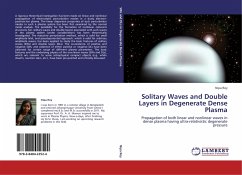
Broschiertes Buch
Propagation of both linear and nonlinear waves in dense plasma having ultra-relativistic degenerate pressure
Aufl.
6. März 2012
LAP Lambert Academic Publishing
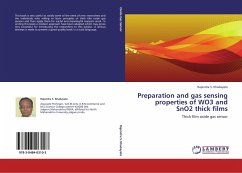
Broschiertes Buch
Thick film oxide gas sensor
Aufl.
5. März 2012
LAP Lambert Academic Publishing

Broschiertes Buch
15. Januar 2016
LAP Lambert Academic Publishing
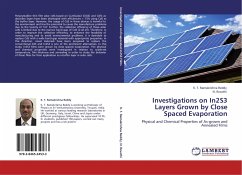
Broschiertes Buch
Physical and Chemical Properties of As-grown and Annealed Films
Aufl.
24. Oktober 2011
LAP Lambert Academic Publishing
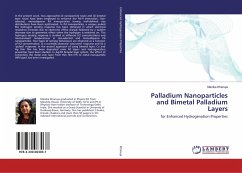
Broschiertes Buch
for Enhanced Hydrogenation Properties
13. Oktober 2017
LAP Lambert Academic Publishing
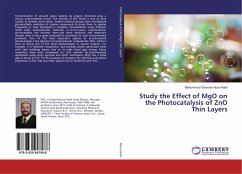
Broschiertes Buch
15. September 2016
LAP Lambert Academic Publishing
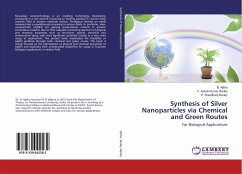
Broschiertes Buch
For Biological Applications
20. Februar 2017
LAP Lambert Academic Publishing
Ähnlichkeitssuche: Fact®Finder von OMIKRON

